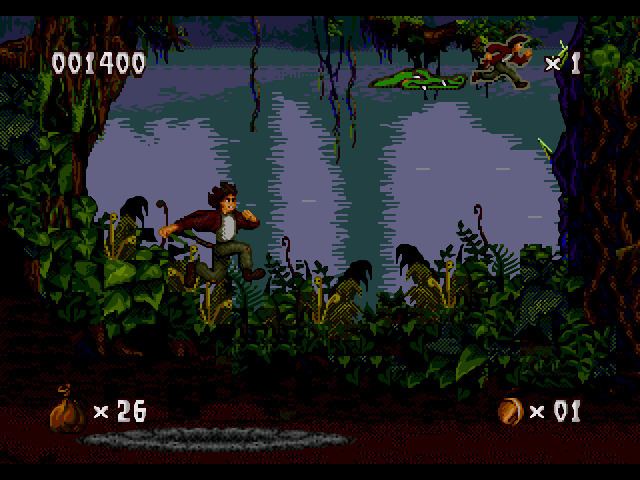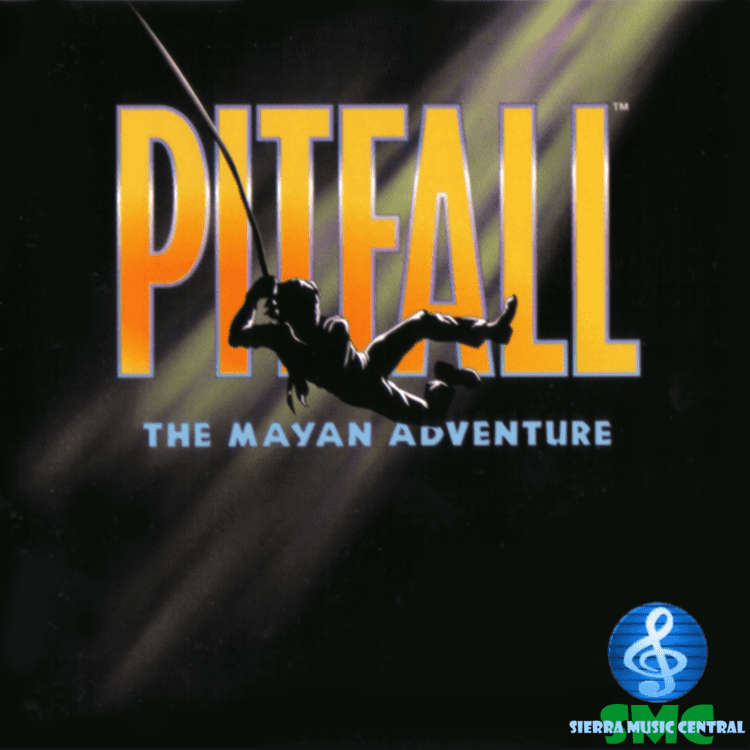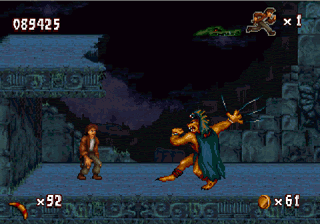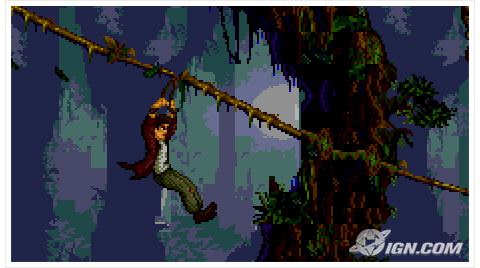9 /10 1 Votes
5/5 My Abandonware Initial release date 1994 | 4/5 GamesNostalgia 4.4/5 Let's Play SEGA Genre Platform game | |||||||||||||||||||||||||||||||||
 | ||||||||||||||||||||||||||||||||||
Developers Similar Pitfall!, Pitfall: The Lost Expedition, Super Pitfall, NBA Jam TE, Pitfall 3D: Beyond the Jungle | ||||||||||||||||||||||||||||||||||
Cgrundertow pitfall the mayan adventure for sega genesis video game review
Pitfall: The Mayan Adventure is a 1994 video game developed and published by Activision. A sequel to Activision's 1982 Pitfall! for the Atari 2600, the player controls Pitfall Harry, Jr., son of the protagonist of the original game, as he attempts to rescue his father from a Mayan jungle setting.
Contents
- Cgrundertow pitfall the mayan adventure for sega genesis video game review
- Snes longplay 049 pitfall the mayan adventure
- Reception
- References

Activision developed the game in partnership with Redline Games. It was first released for the Super Nintendo Entertainment System, Sega Genesis/Mega Drive and Sega CD in 1994, followed by releases for the Sega 32X, Atari Jaguar, and PC the following year. The PC release was the first commercial release for the recently debuted Windows 95 operating system. Publisher Majesco Entertainment ported the game for the Game Boy Advance in 2001; a downloadable version appeared on the Nintendo Wii's Virtual Console in 2009.
An extra feature in all versions is the ability to play the original Pitfall! (the Atari 2600 version) after finding a secret doorway within the game. The Sega CD, 32X and Windows ports contained extra (and expanded) levels and other enhancements over the other versions.

The Windows port was based on the Sega 32X version, and was made using Kinesoft's Exodus game technology, which was later used to make the Windows port of Earthworm Jim: Special Edition. It includes 256-colour art, in-game CD music and effects by SOUNDELUX Media Labs. SoftKey version includes America Online free trial software for Windows 3.1/95, Internet Explorer 3.02, Cyber Patrol demo for Windows 3.1/95.

On April 13, 2009, the Sega Genesis/Mega Drive version of Pitfall: The Mayan Adventure was released on the Virtual Console in North America and later in the PAL regions on May 15, 2009 and in Japan on August 25, 2009. It was later delisted on December 26, 2013 in Japan and at the end of 2013 in North America and the PAL regions.

Snes longplay 049 pitfall the mayan adventure
Reception

Reviewing the Genesis version, GamePro criticized the lag in the controls, elaborating that "the split-second lag time between his jump and your ability to control his movements again is the difference between a narrow escape and losing a life. The same problem occurs whenever he changes direction - he pauses, you can't control him, and Harry Jr. takes a hit." However, they praised the graphics, the intense action, the music, and the inclusion of the original Pitfall!, and gave the game an overall recommendation, particularly for hardcore platforming gamers.
GamePro applauded the SNES version as having "some of the best character animations ever seen in an SNES game." They also praised the distinctive enemies, realistic sound effects, and entertaining challenge.
GamePro gave the Sega CD version a positive review as well. They remarked that the new levels, full motion video sequences, and improved graphics all add to the game, which they noted has the same high challenge, realistic sound effects, and difficult controls as in previous versions. Mike Weigand of Electronic Gaming Monthly commented of the Sega CD version that "Huge levels, excellent animations and nice sound effects make this one an action/adventure winner." In contrast, a reviewer for Next Generation ridiculed the additions to the Sega CD version as unimportant. He concluded that "The game is not bad, just not great."
Reviewing the 32X version, the four reviewers of Electronic Gaming Monthly praised the large number of secrets but criticized the difficult controls and the lack of significant improvement from the Genesis version. GamePro dismissed the 32X version for this same reason, summarizing that "nothing has changed in this latest version of Pitfall." A critic for Next Generation concurred that the 32X version's improvements are too minor for the average player to even notice, and again opined that the game is "solid" but "average".
A Next Generation reviewer, while noting that the game is "a somewhat hit-and-miss side-scroller that has some cool features", judged the Windows port to be an "excellent" conversion which would satisfy gamers who wanted to play Pitfall: The Mayan Adventure but did not own a console system.
GamePro called the Jaguar version "a fun, colorful action adventure". However, they commented that it is identical to the Genesis and Super NES versions and inferior to the Sega CD version (due to the lack of the "densely layered" sound effects and orchestrated music), which they found disappointing given that the Jaguar is a more powerful system and at this point most people interested in the game would have already played it on another platform. A critic for Next Generation agreed the Jaguar version is essentially the same as previous releases of the game but gave it a more positive assessment than previous reviews in the magazine, concluding that it "maintains a feeling of quality game design from the very beginning, and is well worth checking out, especially if you're an old-school Pitfall fan."
